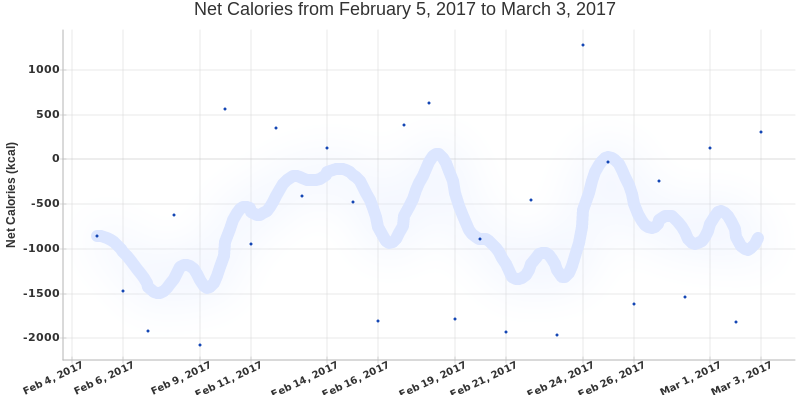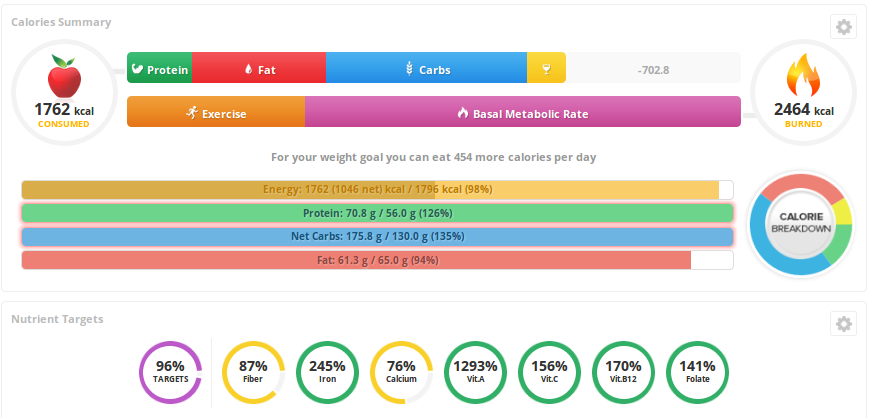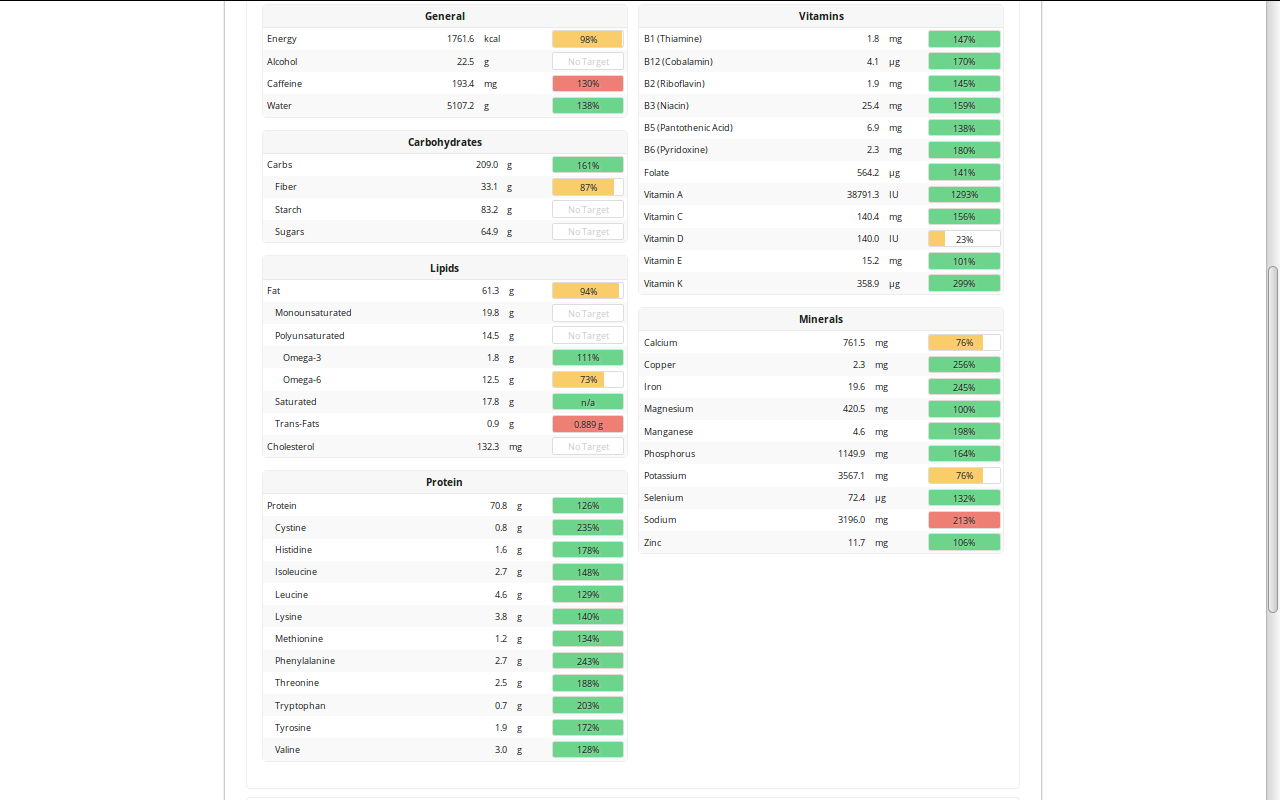I’ve written several times about the use of periodic fasting days to counteract our periodic feast days as well as health benefits of fasting from the perspective of supposed cancer fighting and potentially longevity. I’ve also mentioned fasting as a means of accomplishing weight loss too. Now that I’m a couple months into that practice, I figured I’d show what that actually looks like.
Almost a year ago I wrote about my first foray into trying alternate day fasting (here ) for body composition changes. It’s not a complicated formula. For two to three days a week you eat anywhere from zero to a few hundred calories and on the remaining days you eat normally. There are several websites that lay out the exact same methodology but usually their fast days are 500 or more calories a day. I’d consider that more alternate diet days, which could work as well. For me I’m doing anywhere from nothing but calorie free beverages to calorie free beverages plus some broth to all of that plus maybe hands full of vegetables.
When I’m fasting one day a week, or even slightly more frequently than that, I really never feel the obsession with food that often comes with dieting. The social aspect of eating is probably the hardest thing to overcome, but for just one day a week it’s not too bad. However now that I’m deep into fasting for three days a week I will say that it is a phase I am looking forward to ending as soon as possible (projections say in a month). I’m not starving myself, as you will see shortly, but I am depriving myself often enough to make the following day of eating something I really ruminate on the evening of the day before.
As part of my annual goals I’m targeting eating an “Eat To Live”-tweaked Blue Zones diet. That is that most of my food is nutrient dense whole food plant based diet with limited add oils. To that I sprinkle in some meats, cheeses, fish, et cetera throughout the week. Some days are totally vegan, but less than half of them have a little bit of the animal products in them. This pretty much mirrors the diets of most of the Blue Zones regions.
When it comes to any weight loss plan it should be asked if one is getting proper nutrition, are not starving themselves, and if they are being healthy on it. When I make a statement that I’m essentially not eating three days a week it makes it sound like I’m in severe calorie deprivation mode. In reality the total amount of calories and net calories average out about the same as a normal “diet” and I’m getting all my nutrition. For example, here is the chart of calorie consumption (h/t to CRON-O-Meter ):

The dots are the values per day and the line is the locally averaged trend line. Looking at the dots I started off light, but that was after several weeks of falling off the wagon with goal accountability and knowing I had several days of vacation eating ahead, which is the spike shortly afterward. By mid-February I was back to my normal routine and you can see the oscillations between nearly no calorie days and regular calorie days. Obviously my “few hundred” calories has been violated in a few places on fasting days, but overall that’s what I’m shooting for. Diets that restrict down to 1000 calories or less, think that pregnancy hormone diet, are generally considered unhealthy. While there are some valleys below that they are followed by the weekends where things go drastically higher than that. When you look at it from a net-calorie perspective things look equally interesting.

This graph has the dots as the actual values and the blue line as the locally averaged trend as well. In this case it’s also clear that average calorie balance per day fluctuations a lot but that it is not generally in an egregious state. 1000 calories a day is a little less than a third of a pound of fat loss per day (0.29 pounds per day to be exact). The rule of thumb on healthy weight loss diets is that they don’t target more than two pounds of fat loss per week. That’s about 0.29 pounds per day, almost exactly the same number. All of the above is about averages and rules of thumb, how are things looking from the perspective of my nutritional need? Here too things look good.


These are the averages over the same period of the rest of the graphs but without any supplements in the numbers. Average calorie balance per day is about -700 calories, with average calorie consumption at a bit under 1800, again squarely in standard ranges. Almost all of my macro and micro nutrient needs are met, as are all essential amino acids. I seem to always have problems getting enough Calcium and Potassium, this is no exception, but these numbers aren’t dangerously low. Vitamin D is very low but food sources of Vitamin D are hard to come by and I supplement to get around that.
So the summary of all that is to say:
- Yes, you actually lose body fat and weight using alternate-day fasting (I’m down to composition and weight numbers I haven’t seen in over a year).
- No, you are not starving yourself or in a nutrient deprivation state. In fact things average out quite nicely.
- No, this isn’t extreme since you are balancing out the “normal” eating and the “fasting” days.
If it’s just the same as a “regular” weight loss diet, why bother going through all the hassle? Why not just eat a 1700 a day diet and hold that for the same period of time. There are two reasons why I prefer this method. First, I am now firmly of the mindset that we need to be offsetting our feast days with fasting days. It’s not a one for one thing, and it certainly isn’t at this high of a frequency, but from a lifelong sustainability perspective I think that this periodic fasting to offset our feasting is a healthy practice. Second, a diet over three to six months is bound to have holidays, vacations, special events, et cetera. I had one right at the beginning of this. By doing alternate day fasting it is possible to incorporate those events in a way that allows one to enjoy them because they are being offset by fasting days. Whether I’m fasting for one, two, or three days in certain weeks is driven substantially by if I had a big feast-filled vacation prior to that. If one were in a “normal” diet mode there would be the inevitable feeling of missing out, or worse, “screwing up” and thus potentially tripping into a mode of throwing the entire rest of the diet phase out the window.
While I’m looking forward to ramping down the number of fasting days as this weight loss period ends in the coming months, I do believe that this periodic fasting methodology is what my ultimate lifelong healthy eating style is going to converge on.




 2017-03-04
in
2017-03-04
in

 6 min read
6 min read